SUMMARY
This is AI generated summarization, which may have errors. For context, always refer to the full article.
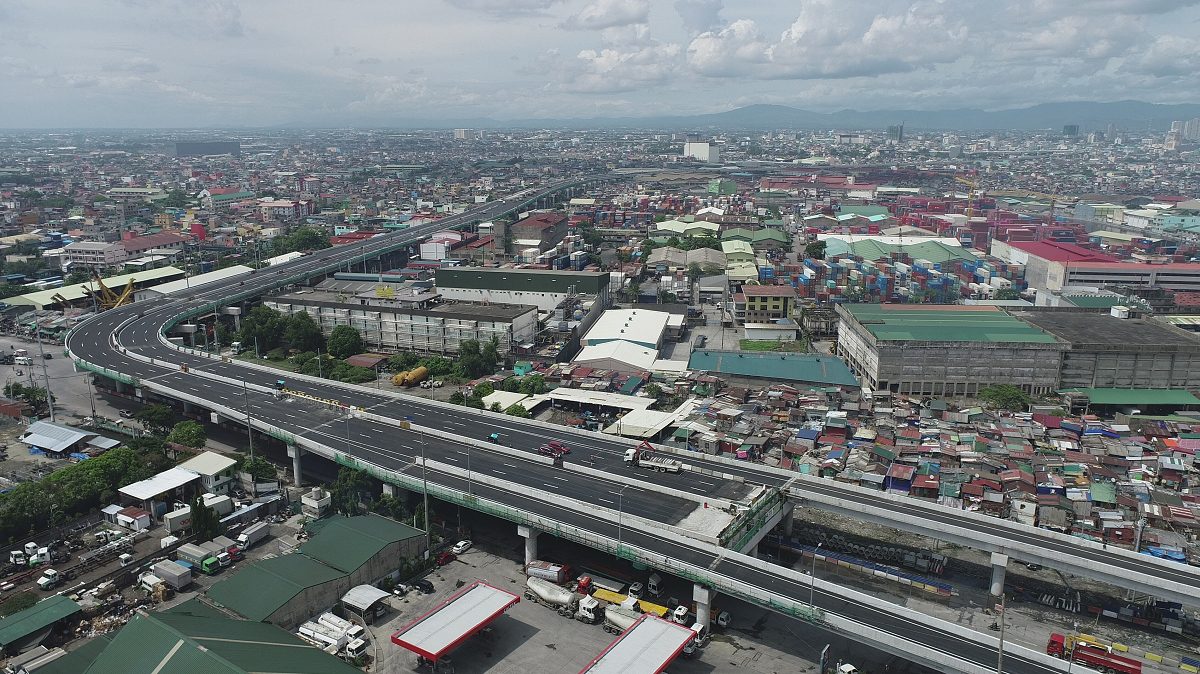
The Toll Regulatory Board (TRB) approved a P4-increase in the open system of the North Luzon Expressway (NLEX), which will take effect on 12:01 am on November 25.
Under the open system, a flat rate is charged per entry. The areas included are Quezon City, Caloocan, Valenzuela, Malabon, and Navotas; and Meycauayan and Marilao in Bulacan. Under the new toll adjustments, motorists traveling anywhere within the open system will pay the following additional fees:
- P4 for Class 1 vehicles (regular cars, SUVs, motorcycles)
- P10 for Class 2 vehicles (buses, small trucks)
- P11 for Class 3 vehicles (large trucks)
For the closed system, there will be a P0.06 per kilometer increase.
For end-to-end travel, those traveling from Metro Manila to Mabalacat City in Pampanga will have to pay an additional toll of P9, P20, and P25 per respective class.
The adjustments were made following the completion and opening of the P7-billion NLEX Harbor Link – a 2.6-kilometer elevated section between the new Caloocan Interchange at C3 road, and the new Navotas Interchange along the R-10 road. The expressway opened in June.
‘Reducing traffic’
In a November 21 press release, the TRB said the new elevated expressway helped “mitigate worsening traffic conditions” by offering alternative routes for commuters and truckers. These vehicles are usually stuck in choke points along EDSA, A. Bonifacio Avenue, and Rizal Avenue in Manila.
The NLEX Harbor Link expands the NLEX network in the Caloocan, Malabon, Navotas, and Valenzuela (Camanava) area. It runs along the new Caloocan Interchange with on and off ramps along Grace Park, the new Malabon Exit with an off ramp at Dagat-Dagatan Avenue, and the new Navotas Interchange.
Container trucks carrying essential goods and medical equipment will now enjoy “24/7, unhampered” deliveries from ports of Manila, since there is no truck ban on NLEX.
The TRB said an average of 30,100 vehicles per day, mostly from the logistics industry, use the new route and enjoy the faster commuting time it is said to provide. The new expressway was built to cut travel time from NLEX to Camanava from an hour to 10 minutes.
For decades, the Philippine government’s solution to traffic congestion was to build more bypass roads or tollways that would shorten travel time. An example of this is President Rodrigo Duterte’s “legacy” project, Build, Build, Build. The NLEX Harbor Link is part of that project.
But infrastructure interventions may not always work. Transport planners around the world have long argued that building roads only creates demand – more people would still want to drive on it. Traffic congestion is not just an issue of road space, but also of efficient use.
– Rappler.com
Add a comment
How does this make you feel?
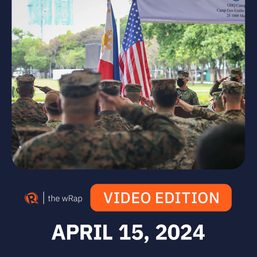
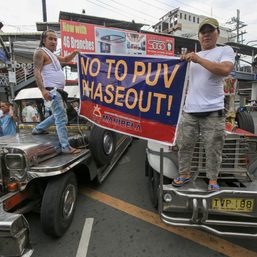
![[OPINION] Cities and public spaces should be for people first](https://www.rappler.com/tachyon/2024/04/imho-people-first-city-04132024.jpg?resize=257%2C257&crop_strategy=attention)
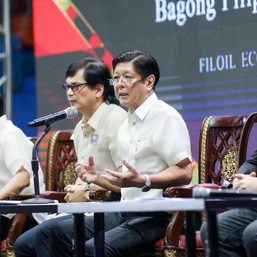
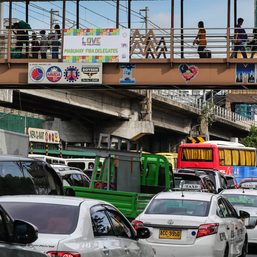
There are no comments yet. Add your comment to start the conversation.